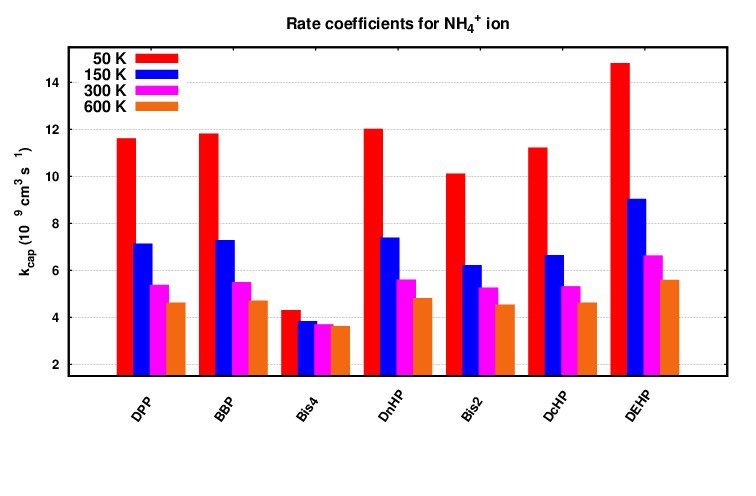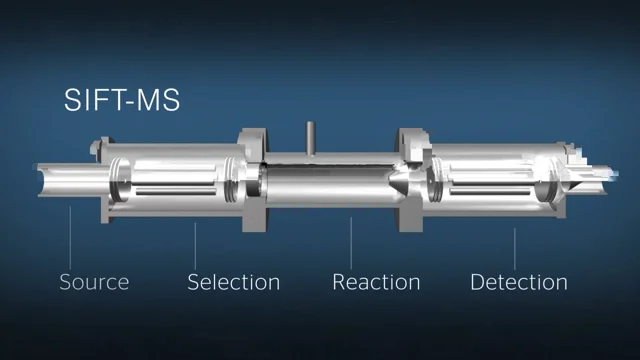These computed molecular parameters, including dipole moment, polarizability, proton affinity, and ionization energy of volatile organic compounds (VOCs), are crucial for the identification and quantification of VOCs in chemical ionization mass spectrometry. These parameters are determined using Density Functional Theory Read more…
SIFT-MS Analytic Method These Direct Injection Mass Spectrometry (DIMS) techniques rely on calibrating instruments using standards with known concentrations and protonated ion signals. Although the most accurate analysis requires calibrating the instrument for each volatile organic compound (VOC) in a Read more…
Soft chemical ionization is a powerful analytical technique employed in Selected Ion Flow Tube Mass Spectrometry (SIFT-MS) for the precise detection and quantification of trace gases, particularly volatile organic compounds (VOCs), present in ambient air samples. This method hinges on Read more…
Exploring Reagent Ions in Chemical Ionization Mass Spectrometry: Analyte Reaction Insights
Chemical ionization mass spectrometry Chemical ionization mass spectrometry (CI-MS) is a technique used to analyze chemical compounds by ionizing them in the gas phase using chemical reactions rather than electron impact ionization, which is commonly used in electron ionization mass Read more…
Introduction Chemical ionisation mass spectrometry (CI-MS) is a powerful analytical technique used to identify and quantify the composition of chemical compounds. In CI-MS, ion-molecule reactions play a crucial role in the formation of ions that are subsequently detected and analyzed. Read more…
Energetics: PTR-MS Drift-tube Conditions A commonly used ionization procedure in a classic PTR-MS instrument incorporates proton-transfer reactions, usually taking H3O+ as a proton donor. One of the biggest benefit of using H3O+ as promary reagent ion is that it does Read more…





